#gen george s patton
Text
0 notes
Text

It is foolish & wrong to mourn the men who died. Rather, we should thank God such men lived. - Gen. George S. Patton 🇺🇲
#pay attention#educate yourselves#educate yourself#knowledge is power#reeducate yourself#reeducate yourselves#think about it#think for yourselves#think for yourself#do your homework#do some research#do your own research#ask yourself questions#question everything#gen george s. patton#memorial day#remember
53 notes
·
View notes
Text

Brigadier General Theodore Roosevelt Jr. -- the eldest son of the 26th President of the United States -- was the only Allied general to land on the beaches of Normandy with the first wave of soldiers during the D-Day invasion on June 6, 1944.
Crippled by arthritis, hobbled by old combat wounds from the First World War, and forced to use a cane as he landed on Utah Beach with the U.S. Army's 4th Infantry Division on D-Day, General Roosevelt was the oldest man to take part in the opening stage of the invasion. He had made three requests to personally lead the assault on Utah Beach before finally being given command despite concerns about his health. During the confusion and chaos of the largest seaborne assault in human history, Roosevelt realized that tidal currents had carried nearly two dozen of the initial landing craft to the wrong location and was said to have announced, "We'll start the war from right here!"


For his actions on D-Day, General Roosevelt would be awarded the country's highest military decoration, the Congressional Medal of Honor, on September 21, 1944:
For gallantry and intrepidity at the risk of his life above and beyond the call of duty of 6 June 1944, in France. After two verbal requests to accompany the leading assault elements in the Normandy invasion had been denied, Brig. Gen. Roosevelt's written request for this mission was approved and he landed with the first wave of the forces assaulting the enemy-held beaches. He repeatedly led groups from the beach, over the seawall and established them inland. His valor, courage, and presence in the very front of the attack and his complete unconcern at being under heavy fire inspired the troops to heights of enthusiasm and self-sacrifice. Although the enemy had the beach under constant direct fire, Brig. Gen. Roosevelt moved from one locality to another, rallying men around him, directed and personally led them against the enemy. Under his seasoned, precise, calm, and unfaltering leadership, assault troops reduced beach strong points and rapidly moved inland with minimum casualties. He thus contributed substantially to the successful establishment of the beachhead in France.
However, the Medal of Honor would be awarded to Theodore Roosevelt Jr. posthumously. On July 12, 1944, thirty-six days after landing in Normandy on D-Day, General Roosevelt died in his sleep at the age of 56 after suffering a heart attack. In a letter to his wife, General George S. Patton would write, "Teddy R[oosevelt] died in his sleep last night. He had made three landings with the leading wave -- such is fate...He was one of the bravest men I ever knew." General Patton would join General Omar Bradley and numerous other generals as honorary pallbearers at Roosevelt's funeral. Roosevelt was buried at the Normandy American Cemetery and Memorial along with thousands of his fellow American soldiers who died in Europe during World War II. He is buried next to his youngest brother, Quentin Roosevelt, who was killed in action in 1918 after being shot down over France during World War I.


#History#Theodore Roosevelt Jr.#General Theodore Roosevelt#Ted Roosevelt#Brigadier General Theodore Roosevelt Jr.#D-Day#D-Day 80#D-Day + 80 Years#World War II#WWII#Second World War#Military History#U.S. Army#Generals#Normandy Landings#Battle of Normandy#D-Day Invasion#Operation Overlord#Normandy#4th Infantry Division#Allied Generals#Theodore Roosevelt#General Ted Roosevelt#President Roosevelt#Roosevelt Family#Quentin Roosevelt#Allied Invasion of France#Utah Beach#Medal of Honor#Congressional Medal of Honor
74 notes
·
View notes
Text

Gen. George S. Patton
#history#vintage#photography#portrait#black and white photography#george patton#george s patton#general#army#american army#u.s. army#us army#army histiry#veteran#us history#u.s. history#american history#20th century history#20th century#twentieth centrury#twentieth century history#world war ii#world war two#world war two history#world war ii history#war#war history
20 notes
·
View notes
Photo





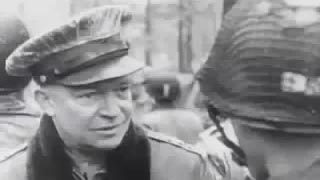
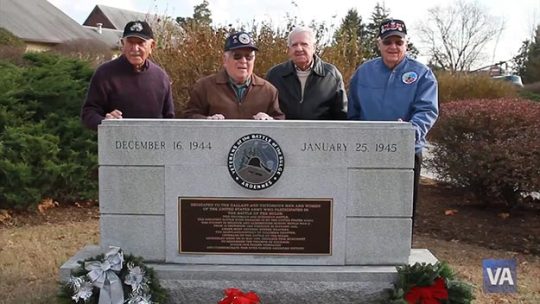
Early on the misty winter morning of Dec. 16, 1944, more than 200,000 German troops and nearly 1,000 tanks launched Adolf Hitler's last bid to reverse the ebb in his fortunes that had begun when Allied troops landed in France on D-Day. Seeking to drive to the coast of the English Channel and split the Allied armies as they had done in May 1940, the Germans struck in the Ardennes Forest, a 75-mile stretch of the front characterized by dense woods and few roads, held by four inexperienced and battle-worn American divisions stationed there for rest and seasoning.
After a day of hard fighting, the Germans broke through the American front, surrounding most of an infantry division, seizing key crossroads, and advancing their spearheads toward the Meuse River, creating the projection that gave the battle its name.
Stories spread of the massacre of Soldiers and civilians at Malmedy and Stavelot, of paratroopers dropping behind the lines, and of English-speaking German soldiers, disguised as Americans, capturing critical bridges, cutting communications lines, and spreading rumors. For those who had lived through 1940, the picture was all too familiar. Belgian townspeople put away their Allied flags and brought out their swastikas. Police in Paris enforced an all-night curfew. British veterans waited nervously to see how the Americans would react to a full-scale German offensive, and British generals quietly acted to safeguard the Meuse River's crossings. Even American civilians, who had thought final victory was near were sobered by the Nazi onslaught.
But this was not 1940. The supreme Allied commander, Gen. Dwight D. Eisenhower rushed reinforcements to hold the shoulders of the German penetration. Within days, Lt. Gen. George S. Patton Jr. had turned his Third U.S. Army to the north and was counterattacking against the German flank. But the story of the Battle of the Bulge is above all the story of American Soldiers. Often isolated and unaware of the overall picture, they did their part to slow the Nazi advance, whether by delaying armored spearheads with obstinate defenses of vital crossroads, moving or burning critical gasoline stocks to keep them from the fuel-hungry German tanks, or coming up with questions on arcane Americana to stump possible Nazi infiltrators.
At the critical road junctions of St. Vith and Bastogne, American tankers and paratroopers fought off repeated attacks, and when the acting commander of the 101st Airborne Division in Bastogne was summoned by his German adversary to surrender, he simply responded, "Nuts!"
Within days, Patton's Third Army had relieved Bastogne, and to the north, the 2nd U.S. Armored Division stopped enemy tanks short of the Meuse River on Christmas. Through January, American troops, often wading through deep snow drifts, attacked the sides of the shrinking bulge until they had restored the front and set the stage for the final drive to victory.
Never again would Hitler be able to launch an offensive in the west on such a scale. An admiring British Prime Minister Sir Winston Churchill stated, "This is undoubtedly the greatest American battle of the war and will, I believe, be regarded as an ever-famous American victory." Indeed, in terms of participation and losses, the Battle of the Bulge is arguably the greatest battle in American military history.
(via Battle of the Bulge | The U.S. Army)
47 notes
·
View notes
Text
Historic timelines are so insane to me.
Rebecca Wright, a union spy, was able to inform the calvary where the confederates were, thus killing Gen. George S. Patton Sr. -- grandfather to Gen. George S. Patton Jr. Of WWII
Yea that's weird but how weird is it that Col. John Mosby (also confederate) would eventually end up living in San Francisco where he befriends a young 10 year old Patton Jr. Who he teaches about guerrilla warfare.
Like timelines fuck me up so much

7 notes
·
View notes
Text

The Battle of the Bulge
In late 1944, during the wake of the Allied forces' successful D-Day invasion of Normandy, France, it seemed as if the Second World War was all but over. On Dec. 16, with the onset of winter, the German army launched a counteroffensive that was intended to cut through the Allied forces in a manner that would turn the tide of the war in Hitler's favor. The battle that ensued is known historically as the Battle of the Bulge. The courage and fortitude of the American Soldier was tested against great adversity. Nevertheless, the quality of his response ultimately meant the victory of freedom over tyranny
Early on the misty winter morning of Dec. 16, 1944, more than 200,000 German troops and nearly 1,000 tanks launched Adolf Hitler's last bid to reverse the ebb in his fortunes that had begun when Allied troops landed in France on D-Day. Seeking to drive to the coast of the English Channel and split the Allied armies as they had done in May 1940, the Germans struck in the Ardennes Forest, a 75-mile stretch of the front characterized by dense woods and few roads, held by four inexperienced and battle-worn American divisions stationed there for rest and seasoning.
After a day of hard fighting, the Germans broke through the American front, surrounding most of an infantry division, seizing key crossroads, and advancing their spearheads toward the Meuse River, creating the projection that gave the battle its name.
Stories spread of the massacre of Soldiers and civilians at Malmedy and Stavelot, of paratroopers dropping behind the lines, and of English-speaking German soldiers, disguised as Americans, capturing critical bridges, cutting communications lines, and spreading rumors. For those who had lived through 1940, the picture was all too familiar. Belgian townspeople put away their Allied flags and brought out their swastikas. Police in Paris enforced an all-night curfew. British veterans waited nervously to see how the Americans would react to a full-scale German offensive, and British generals quietly acted to safeguard the Meuse River's crossings. Even American civilians, who had thought final victory was near were sobered by the Nazi onslaught.
But this was not 1940. The supreme Allied commander, Gen. Dwight D. Eisenhower rushed reinforcements to hold the shoulders of the German penetration. Within days, Lt. Gen. George S. Patton Jr. had turned his Third U.S. Army to the north and was counterattacking against the German flank. But the story of the Battle of the Bulge is above all the story of American Soldiers. Often isolated and unaware of the overall picture, they did their part to slow the Nazi advance, whether by delaying armored spearheads with obstinate defenses of vital crossroads, moving or burning critical gasoline stocks to keep them from the fuel-hungry German tanks, or coming up with questions on arcane Americana to stump possible Nazi infiltrators.
At the critical road junctions of St. Vith and Bastogne, American tankers and paratroopers fought off repeated attacks, and when the acting commander of the 101st Airborne Division in Bastogne was summoned by his German adversary to surrender, he simply responded, "Nuts!"
Within days, Patton's Third Army had relieved Bastogne, and to the north, the 2nd U.S. Armored Division stopped enemy tanks short of the Meuse River on Christmas. Through January, American troops, often wading through deep snow drifts, attacked the sides of the shrinking bulge until they had restored the front and set the stage for the final drive to victory.
Never again would Hitler be able to launch an offensive in the west on such a scale. An admiring British Prime Minister Sir Winston Churchill stated, "This is undoubtedly the greatest American battle of the war and will, I believe, be regarded as an ever-famous American victory." Indeed, in terms of participation and losses, the Battle of the Bulge is arguably the greatest battle in American military history...learn more
13 notes
·
View notes
Text
On this day in history, December 21, 1945, Gen. Patton dies in Germany after he was paralyzed in auto crash
General George S. Patton Jr., an American World War II hero famed for his battlefield brilliance, unvarnished view of combat and volatile personality, died in Heidelberg, Germany, on this day in history, Dec. 21, 1945.
He was 60 years old.
Patton was paralyzed in an auto accident on Dec. 9. “Old Blood and Guts” died in the hospital of a blood clot in his heart.
ON THIS DAY IN HISTORY, DECEMBER…

View On WordPress
0 notes
Text
George A. Patton chases Pancho Villa
I have always been fascinated by Gen. George S. Patton, the audacious commander of the 1st and 2nd Armored Divisions in North Africa during World War II. “Old Blood and Guts,” as his troops called him, ruled with an iron fist. He was famous for his formidable aggression in battle and his unrelenting discipline. After achieving victory over German Field Marshall Edwin Rommel (the “Desert Fox”) at…

View On WordPress
0 notes
Text
B17G #4297904 Lady Jeannette - B24J #4251226 I Walk Alone (1944) (Part One)

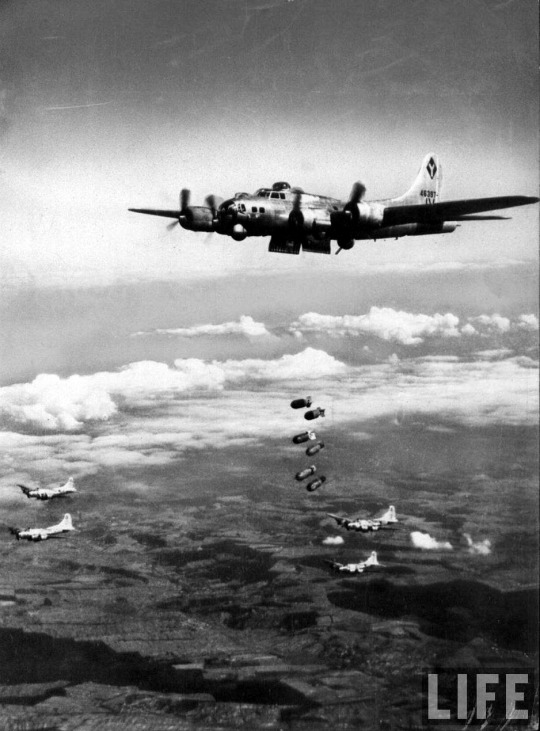
(Document Source:) This is the ultimate and improved version of this archive by Willis 'Sam' S. Cole and Doc Snafu. This is not just a simple republishing. A series of articles laying out the true events behind the crash of the Gott & Metzger B-17G and the creation of my best seller book The Best Kept Secret Of World War Two published a couple of years ago and still available on Amazon. I think it is also interesting to let you know that I have published a second book, also available on Amazon under the title Why We Killed Patton because he had stated that he was going to quit the Army and then, he was going to destroy those bastards who were going to destroy him! In December 1945, when it became known that Gen George S. Patton had told his staff he was quitting the Army so he could speak freely and after the New Year 1946, he was going to tell the American public the truth about what those who were attempting to destroy him had done. He was positive, once that truth was known, he could live freely and it was their careers that would be destroyed. A series of day-by-day articles beginning on Nov 9, 2015, which was the 71st anniversary of the crash of the Lady Jeannette, B-17G, SN: 42-97904. I will describe the shooting down and the crash of two American bombers in France. One was the B-17G #42-97904 (Lady Jeannette), and the other, was B-24J SN:42-51226 (I Walk Alone) which was flying a top-secret night mission while attached to the 100th Group Royal Air Force. The B-24J also crashed in France, early on the morning of Nov 10, 1944, 138 miles from the crash site of the Lady Jeanette.
CREW MEMBERS #42-97904
2/Lt Joseph F. Harms (Bombardier)
729th Bomber Squadron - 452nd Bomber Group
Eight Army Air Force (Heavy)
Air Medal, Purple Heart
T/Sgt Russell W. Gustafson (Flight Engineer)
729th Bomber Squadron - 452nd Bomber Group
Eight Army Air Force (Heavy)
Air Medal, Purple Heart
1/Lt Daniel J. Gott (Pilot)
729th Bomber Squadron - 452nd Bomber Group
Eight Army Air Force (Heavy)
Medal of Honor, Air Medal, Purple Heart
2/Lt William E. Metzger Jr (Copilot)
729th Bomber Squadron - 452nd Bomber Group
Eight Army Air Force (Heavy)
Medal of Honor, Air Medal, Purple Heart
2/Lt John A. Harland (Navigator)
729th Bomber Squadron - 452nd Bomber Group
Eight Army Air Force (Heavy)
Air Medal, Purple Heart
T/Sgt Robert A. Dunlap (Radio Operator)
729th Bomber Squadron - 452nd Bomber Group
Eight Army Air Force (Heavy)
Air Medal + 2 Oak Leaf Clusters, Purple Heart
S/Sgt James O. Fross (Belly Gunner)
729th Bomber Squadron - 452nd Bomber Group
Eight Army Air Force (Heavy)
Air Medal, Purple Heart
S/Sgt William R. Robbins (Gunner)
729th Bomber Squadron - 452nd Bomber Group
Eight Army Air Force (Heavy)
Air Medal
S/Sgt Herman B. Krimminger (Tail Gunner)
729th Bomber Squadron - 452nd Bomber Group
Eight Army Air Force (Heavy)
Air Medal, Purple Heart

The crew of the #42-97904, B-17G, Lady Jeannette arrived in England on D-Day (Jun 6, 1944). As a replacement crew, the men were assigned to the 452nd Bomb Group, 729th Bomber Squadron (Eight Air Force) until their last mission over Saarbrucken (Germany), then the crash in Hattonville (France), November 9, 1944. On November 9, 1944, the 452nd Bomber Group, was assigned a support mission ahead of Patton’s 3rd Army in the Army's new push into Germany. The day’s targets were located along the German border in the area opposite the region of Metz–Thionville (France). One of their B-17G bombers was the Lady Jeannette, piloted by 1/Lt Donald J. Gott.
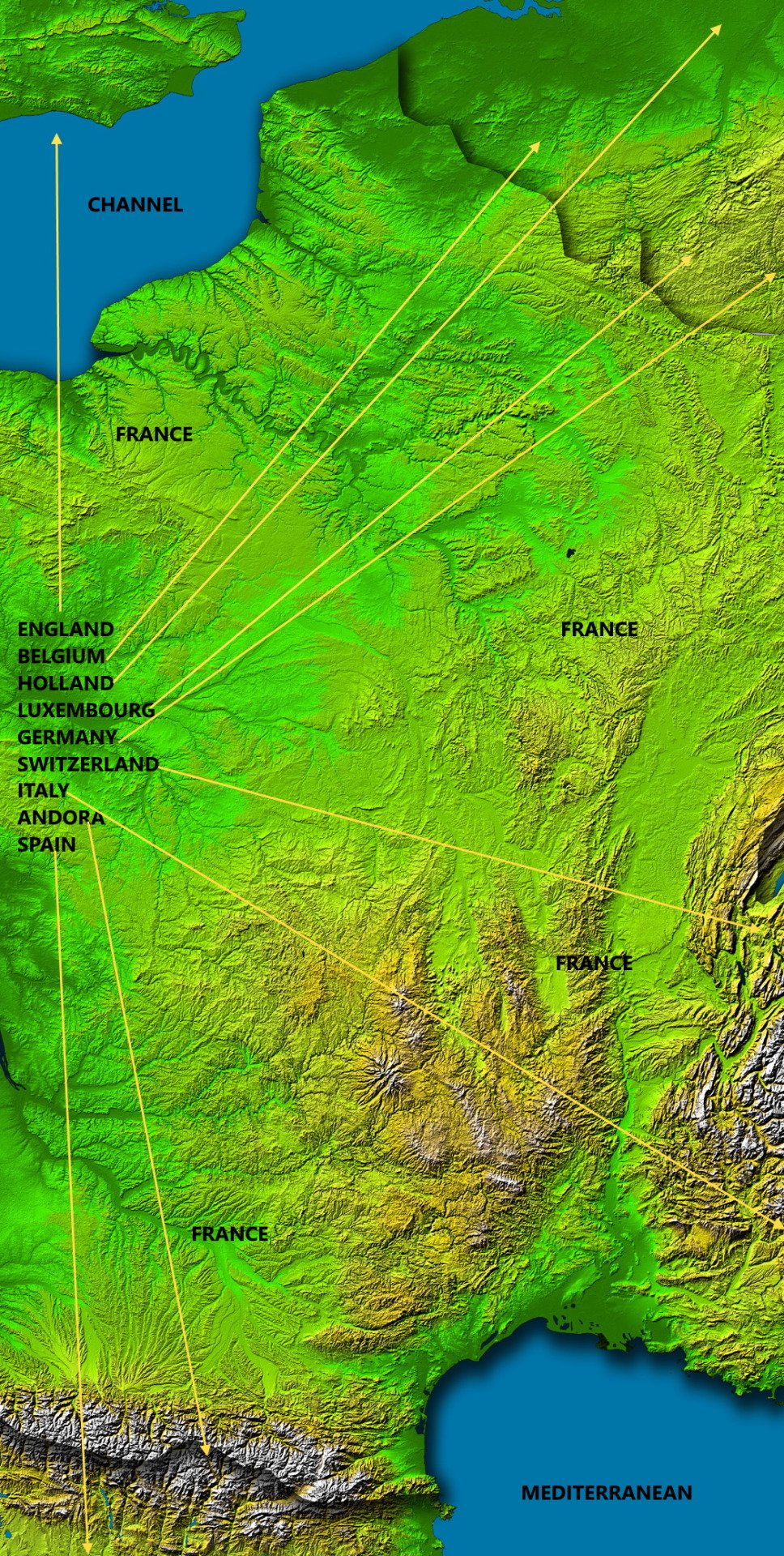
The 452nd Heavy Bombardment Group (USAAF)(45th Combat Wing) was activated on Jun 1, 1943, at Geiger Field (Washington). The group was immediately sorted into four squadrons: 728th Bomber Squadron, 729th Bomber Squadron, 730th Bomber Squadron, and 731st Bomber Squadron while the Cadre formation took place at Salt Lake City Army Base. During training, the troops would be sent to various locations, including Ephrata, Walla Walla, and Moses Lake (Washington); Rapid City (South Dakota); Lincoln (Nebraska) Grand Island (Nebraska); Sioux City (Iowa); Wilmington (North Carolina); Shaw Field (South Carolina); Oklahoma City (Oklahoma); Pendleton Field (Oregon); Redmond (Oregon); Peyote (Texas); and Great Falls (Montana). They would become one of twenty-four B-17 Heavy Bomber Groups in England.
On Jan 2, 1944, the 1st wave of the 452-BG's troops embarked from Camp Shanks (New York), many on the RMS Queen Elizabeth liner, arriving in Scotland on January 8. The servicemen experienced cramped quarters, taking turns on deck, and eating meals twice a day. Many flight crews assigned to Station 142 started their journey in a B-17 via Newfoundland and Labrador. The troops spent a month getting used to the British weather, attended classes, and received tips on how to operate their 'Stove Pipe' heaters, and warm beer. Although the 452-BG arrived late in the war, it proved critical timing. On February 5, 1944, the 1st mission was flown, target Romilly (France).
After take-off from Deopharm Green (UK-AFB-15), the Group joined the mission stream and crossed the English Channel into France. Over the Channel, each of the gunners tested his weapon and the bomb bay doors were opened to verify if they were operating properly. Their bomb load that day was eight 500-pound bombs in the bomb bay and two 1000-pound bombs, one under each wing. As they approached the IP (Initial Point) of the Primary Target, the Group in front sheared off and went toward the IP of their Secondary Target, the marshaling yards at Saarbrücken (Germany), just across the German border. The mission plan varied little, except they would fly south toward the new target, drop their bombs, and circle around to the east to begin their flight back to base.
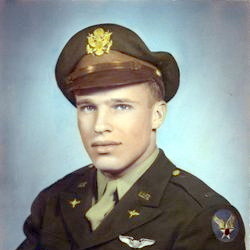
As they left their Secondary Target IP, they opened the bomb bay doors and went on automatic pilot under the control of the bombardier. Unable to change altitude or position, the crews felt most vulnerable as they approached the black clouds of exploding FLAK (Fliegerabwehrkanonen – Antiaircraft Artillery) in front of them. As they approached their Secondary Target, the pilots sat with their hands lightly on the controls as the controls moved automatically by the automatic pilot, ready to take over, if necessary. Each man, in his position, followed the routine of their previous missions, except for the co-pilot, 2/Lt William E. Metzger Jr, who was on his second mission with the Gott crew to obtain combat experience, and the bombardier, 2/Lt Harms, who also was on his
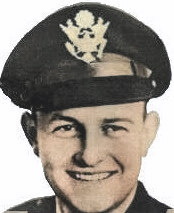
second mission, as a fill-in for the normal Gott crew bombardier, who failed to report for the mission.
Each of the gunners scanned the sky for any approaching German fighter, however, their minds were on the bank of exploding German FLAK staining the sky ahead. In their previous 27 missions, the crew had never seen a single German fighter, however, at every target they had seen other B-17s going down and crashing due to FLAK. All they could do was hope that Lady Luck would be with them again. In another B-17, in the formation behind them, 2/Lt Collins, their normal copilot was flying with Lt Metzger’s normal crew, to give them a battle-experienced pilot during their first missions. Lt Collins was watching the Group approach the FLAK cloud and suddenly, he saw a FLAK burst on the right wing of the Lady Jeannette.
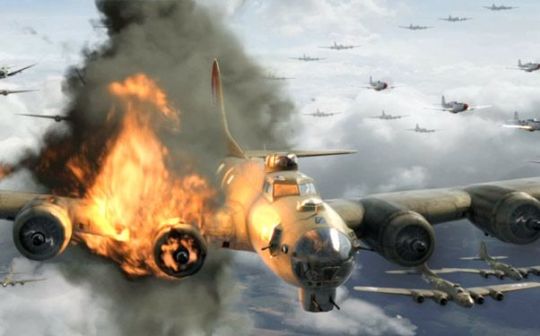

Immediately, it began to move around, as the pilots attempted to regain control. Aboard the bomber, each of the crew experienced the FLAK burst differently. The pilots immediately tightened their hands on the controls, as the plane began to pitch up on the right side, due to the explosion. The men in the nose, Lt Harms, bombardier, and Lt Harland, navigator, were shaken in their seats and turned to see if they could find out what had happened. The intercom was suddenly full of everyone talking at once, asking what had happened or reporting what they had seen. In the rear, the tail gunner, S/Sgt Krimminger, was badly shaken as the tail whipped back and forth and suddenly, he saw a stream of fire to his left. The waist gunner, S/Sgt Robbins, was thrown to the floor and was getting back up to find out what had happened. The radio operator, T/Sgt Robert A. Dunlap, could not see what had happened, but he had his right hand at his radio controls, in order to broadcast what the pilot might order.
In the top turret, the flight engineer and gunner, T/Sgt Gustafson, looked to his right to see what had happened and was astonished to see the number four engine, the outboard engine on the right wing was missing. He had seen B-17s that had returned with engines missing, but the engine mount and cowl back to the wing were still there. Their engine, its mount, and the engine cowling were gone all the way back to the wing, leaving a large hole in the leading edge of the wing. He also saw a large fire flowing back into the slipstream and at first, he expected to see the wing was melting and they would crash, but taking a second look, he realized the engine had been blown down and off the wing, taking the fuel line with it, until it broke and the escaping fuel caught fire.
Fortunately, the fire was below the wing and it was no immediate threat to the bomber. Gustafson attempted to contact the pilots via the intercom to find it was not working, so he swiveled around to be able to get off his turret seat and tell the pilots the fire was not going to make them crash. As he put his weight on his right foot, suddenly there was another loud FLAK explosion. A fragment of the shell, which had exploded under the numbers 2 and 1 engines, on the left wing, broke through the fuselage, cutting the bomb bay controls, and slicing through Gustafson’s leg, just above the ankle, cutting out an inch and a half of his leg bone. It then broke into the hydraulic oil tank behind the copilot, allowing the hydraulic oil to flow down and over the flight engineer’s parachute.
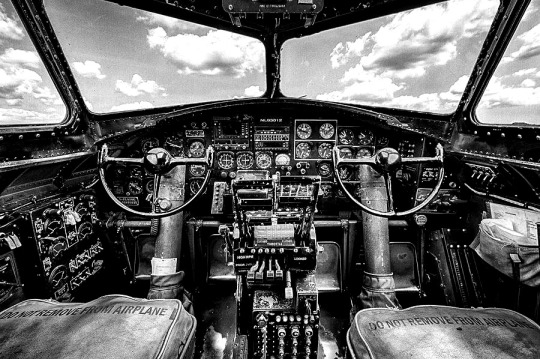
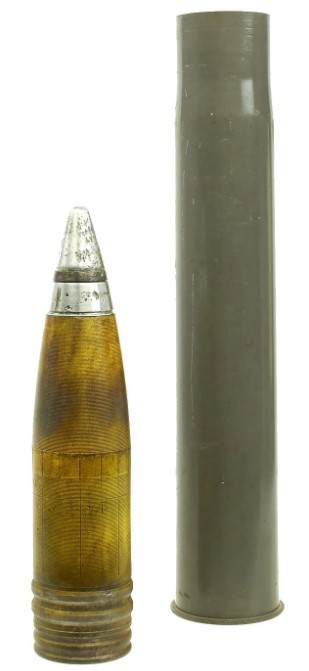
The belly turret gunner, S/Sgt Fross, had been looking ahead in order to count the bombs as they fell, so the bombardier would know all the bombs had cleared and the bomb bay doors could be closed when the Flak shell burst within 15 feet of his turret. He was badly shaken, and small fragments of the shell had broken through the turret and embedded in his skull. However, his training kicked in and he began to turn the turret to a position where he could climb up to the waist.
In the radio compartment, a fragment of the German 88 AAA shell, flew up through the floor and struck Dunlap’s left thigh. It continued up through the radio operator’s table and through Dunlap’s right arm, just above the wrist, almost cutting his hand away from the lower arm, leaving it hanging by sinew and muscle. In the rear, Krimminger had released his seat belt and was making his way to the tail gunner escape hatch, when a third Flak shell burst occurred. As soon as the second shell burst, a fragment killed the number one engine, leaving its propeller blade in the flight position, causing a great drag. In addition, another fragment or two flew up into the number two engine, where they blew the cylinder head off two or more cylinders. This allowed engine oil to flow out and turn into smoke that flowed back along the slipstream. At the same time, the engine lost its ability to provide full power and this left the bomber with only two working engines, the number three, inside, engine on the right wing was undamaged, and the damaged number two, inside, engine on the left wing. The sudden change in power and the Flak explosions caused the B-17 to dive out of the formation. Lt Collins saw his crew’s bomber begin to spiral down and out of the formation and to him and all those who were watching, it was going to crash from the damage they could see. There was a large flame streaming back behind the right wing and heavy smoke was flowing from the left wing these men had seen other bombers, with much less damage fail to regain control. Collins called the navigator and told him to mark the position where the Lady Jeannette had been seen and then, he and the pilot began to tighten up the formation. As another B-17 closed into the same position the Lady Jeannette had been in, that B-17 was also hit by Flak, killing one engine. It did manage to maintain formation long enough to drop its bombs and turn with the formation to circle to the east, as they began their western return to their base. This B-17 left the formation and parachutes were seen, as it dove to the earth. Along the same route, a third B-17 that had been less damaged by the Flak over Saarbrucken also crashed.

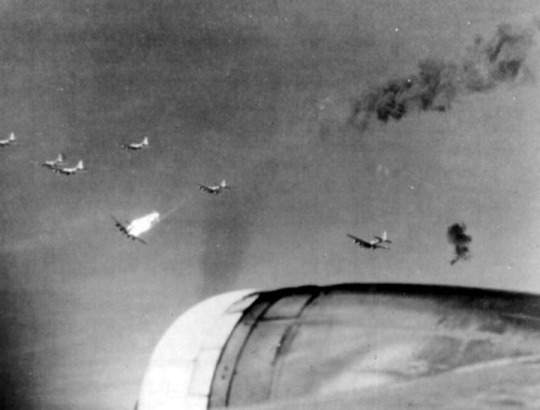
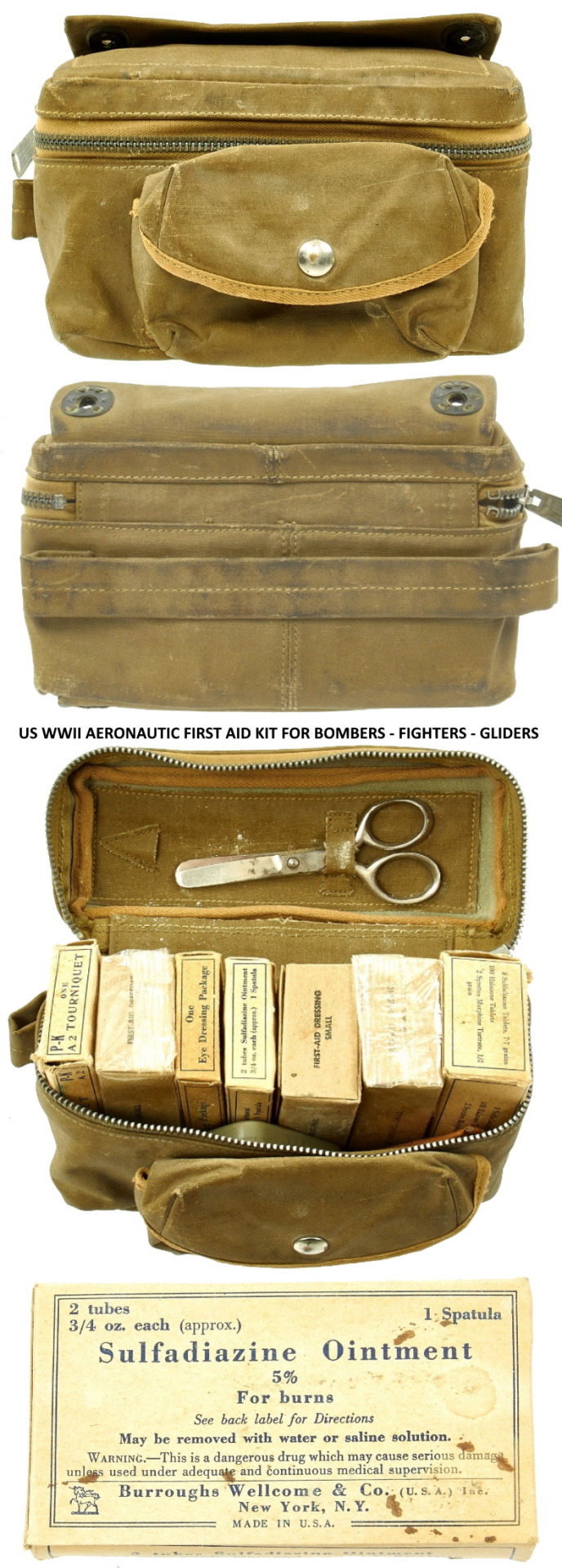
As the Group continued on its bomb run, aboard the Lady Jeannette, the pilot, and copilot struggled with the controls. Sitting on the deck behind them, in agony, Gustafson thought, they were going to crash. However, they were an excellent team and as they dropped in altitude the wings gripped the heavier air and the control panels, allowing the spiraling dive to end. Due to the large hole in the right wing, the number three engine had to be sped up to emergency RPMS to balance the hole. The left wing’s un-feathered numbered one engine props created a great drag that almost overcame the pull the damaged number two engine could provide. The damage was extensive. From both Flak explosions, the bomb bay doors were open, the two outside bombs and the eight bombs in the bomb bay were still aboard and all they had was one and a half working engines to keep the plane above stall speed, so they could keep flying. As control was being obtained, the navigator dropped the nose escape hatch and the bombardier went up the crawlway to the cockpit to see if he could help.
By this time, Gustafson had pulled on the sleeve of the copilot to let him know that he was wounded and he had gotten one morphine shot out of the first aid kit and was attempting to inject it. The bombardier realized his problem and helped him open his pants to inject the morphine into his leg. Having realized, when he tried an emergency bomb drop, that the system was no longer working, he moved past the flight engineer and hand-dropped the large bombs under each wing. Then, he went into the bomb bay to try to manually drop the bombs. Realizing this, he tried to kick the bombs out, but their shackles had jammed, so he went back into the radio compartment, as the pilot had requested, to find out the condition of the men in the back.
In the waist, S/Sgt Robbins had just gotten to the belly turret to help S/Sgt Fross get out when the second Flak burst took place. He held on, as the plane went through a violent shaking and he felt the plane begin a dive which made him think it might crash. As it settled down, he looked down the fuselage and saw Sgt Krimminger crawling out of the tunnel to the tail with his bell badly ringing and he looked very shaken up. Immediately, Robbins opened the turret hatch and helped Fross climb out. Fross looked and acted like his bell had also been rung and he was hardly able to talk. Realizing he had not seen Dunlap, Robbins told the two to go to the waist escape hatch and prepare to bail out, as he turned and opened the door between the waist and the radio compartment.
He was shocked, as he saw blood spattered all around the compartment and Dunlap was collapsing onto the deck. Then, he saw that Dunlap’s hand was hanging by shreds of muscle and skin and blood was squirting out with each beat of Dunlap’s heart. Robbins immediately knelt down to help Dunlap and at the same time, he saw the door from the bomb bay to the radio compartment open and an officer that he had never seen came into the compartment and knelt down to help. Between them, they got a tourniquet on Dunlap’s arm and used a bandage to hold his severed hand to the stump of his right arm with the hope it could be sewn back on and saved. It was obvious, that Dunlap had lost a lot of blood. He must have tried to get up and get help, then spun around several times before falling to the deck.
Read the full article
#1/LtDanielJ.Gott(Pilot)#1/LtJosephR.Hornsby#1/LtRobertH.Casper#109thEvacuationHospital#2/LtFredericG.Grey#2/LtFrederickG.Grey#2/LtJosephF.Harms(Bombardier)#2/LtWilliamE.MetzgerJr(Copilot)#36thBombSquadron#397thBomberSquadron#422ndP-61BlackWidowNightFighter#425thNightFighterSquadron#452ndBombGroup#563dAirWarningSignalBattalion#606thMobileHospital#728thBomberSquadron#729thBomberSquadron#730thBomberSquadron#A-72AmericanAirBase#AN/APS-4#and731stBomberSquadron#B-17G4297904#B-17GLadyJeannette#BernardLeguillier#BillO’Reilly#BoisdeBuirre#Boulay#Boulay(France)#CampShanks(NewYork)#Cartigny(France)
0 notes
Text
"A good plan violently executed now is better than a perfect plan executed next week." -- Gen. George S. Patton, Jr. #DailyQuote
0 notes
Text
America Has a Political Assassination Problem
Let’s consider a few of the most prominent suspected assassinations and the likely motive.
December 21, 1945: Gen. George S. Patton, Jr. is shot dead with a blunt object during a rigged car crash. William Donovan and his OSS, which would become the CIA, were probably responsible. Patton’s opposition to the genocidal occupation policies in Germany, and his intention to run for president on an…
View On WordPress
0 notes
Text
Simone Segouin, French resistance fighter, dies at 97
When Life magazine war correspondent Jack Belden drove into the embattled French city of Chartres in August 1944 with soldiers from Gen. George S. Patton’s Third Army, he spotted a young French woman toting a captured German MP-40 submachine gun.
Although the occupying German forces had begun retreating, snipers in and around the city’s historic twin-spired 13th-century Gothic cathedral were…

View On WordPress
0 notes
Text
Simone Segouin, French resistance fighter, dies at 97
When Life magazine war correspondent Jack Belden drove into the embattled French city of Chartres in August 1944 with soldiers from Gen. George S. Patton’s Third Army, he spotted a young French woman toting a captured German MP-40 submachine gun.
Although the occupying German forces had begun retreating, snipers in and around the city’s historic twin-spired 13th-century Gothic cathedral were…

View On WordPress
0 notes
Text
Simone Segouin, French resistance fighter, dies at 97
When Life magazine war correspondent Jack Belden drove into the embattled French city of Chartres in August 1944 with soldiers from Gen. George S. Patton’s Third Army, he spotted a young French woman toting a captured German MP-40 submachine gun.
Although the occupying German forces had begun retreating, snipers in and around the city’s historic twin-spired 13th-century Gothic cathedral were…

View On WordPress
0 notes
